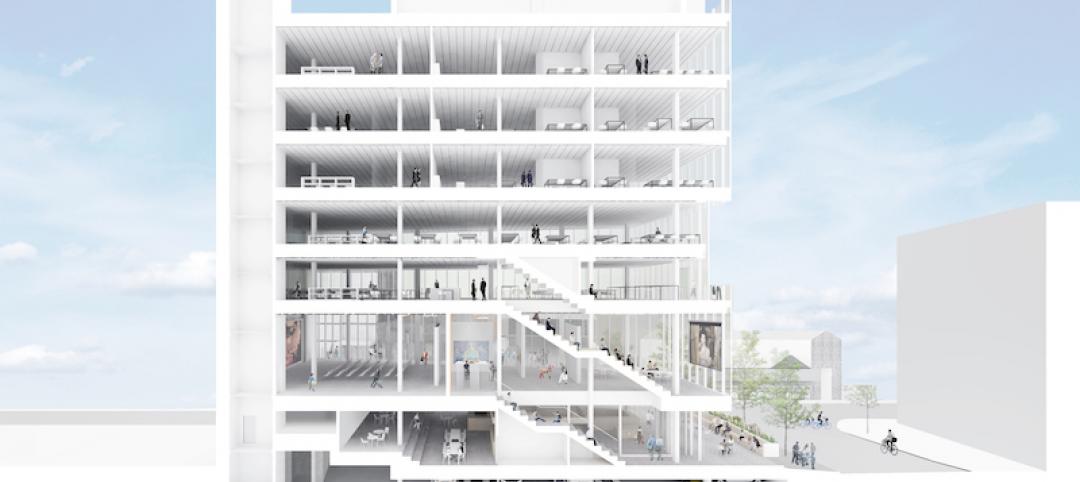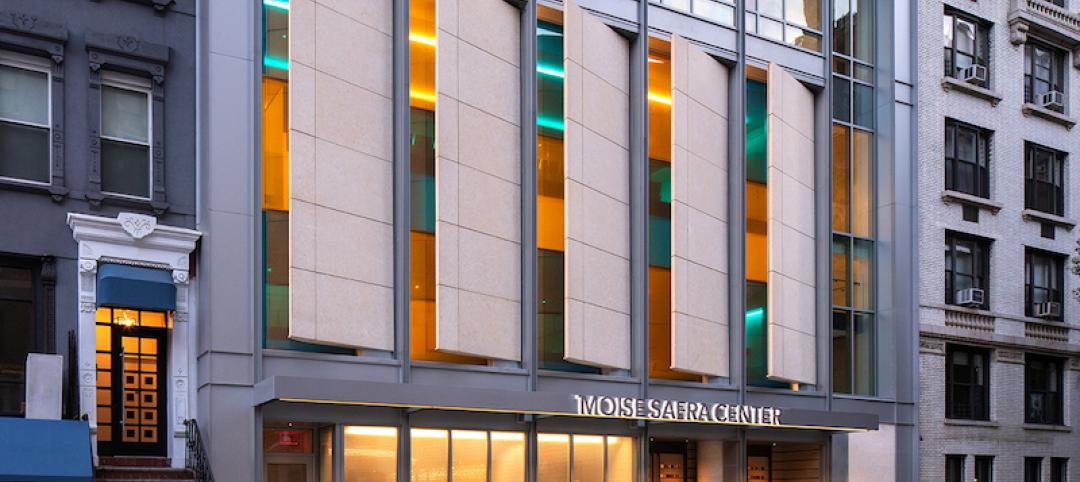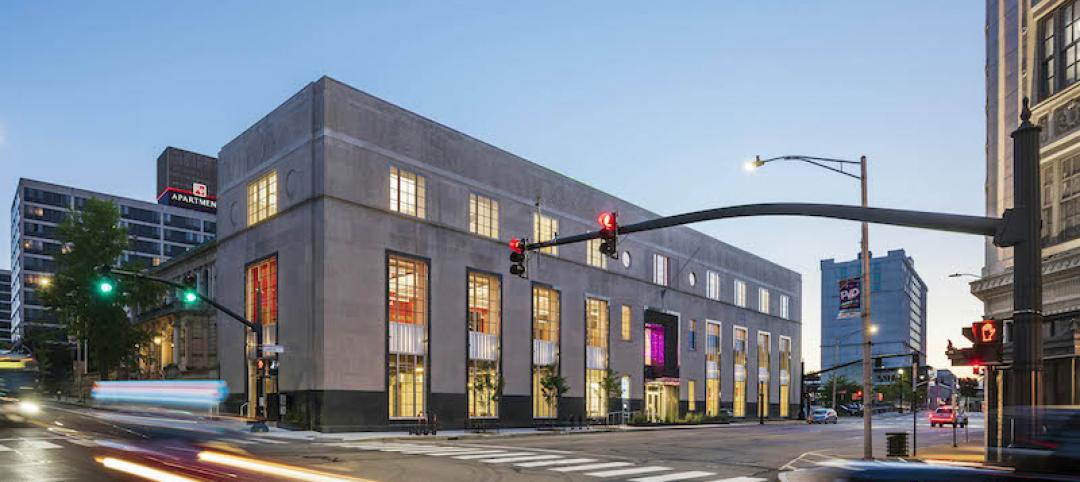The Children’s Institute (CII) in Los Angeles will open a 200,000-sf campus designed by Frank Gehry this summer. The new development will provide CII with its first purpose-built home in L.A.’s Watts neighborhood, and is designed to host programs and offer resources for this economically disadvantaged community.
CII has been a dedicated non-profit organization for 116 years, and has worked with the Watts Community since 2007. They have partnered with families, as well as other community organizations, to provide services like counseling and workshops. This campus at Success Avenue and East 102nd Street in South LA will centralize Children’s Institute’s operations in the area.
Gehry’s design aims to downplay the building’s mass, while showcasing the important community work happening inside. The facade is broken down to relate to the adjacent single-family residences using simple interlocking volumes made of plaster and corrugated metal cladding. The priority was to create a welcoming building, one that was scaled appropriately to the surrounding neighborhood and one that feels approachable.
The interior is full of natural light from the large windows and the many skylights throughout. Double-height public spaces are scaled to accommodate larger community gatherings, while office areas are open to the central atrium below on the second floor. A series of small group and individual therapy rooms are located off the atrium, each with large windows to fill the space with natural light.
Designed For the Community
The Watts campus was intentionally designed to make a connection between CII and the Watts community. The building operates both as a community center and a therapy center, and offers space for neighborhood meetings and events. The center will be home to a number of outreach programs that directly respond to the issues within the community, including the Watts Gang Task Force and the LAPD Community Safety Partnership. Programs include:
- Toddler socialization
- Individual and group counseling
- Youth development
- Parenting workshops
- Workforce development/employment support
- Project fatherhood sessions
“The new Watts campus is a beautiful symbol of Children’s Institute’s ongoing commitment to our city and this neighborhood in particular,” said Los Angeles Police Department Captain and Children’s Institute Trustee Emada Tingirides. “I know that my patrol officers that work in the community of Watts have a partner as we try to address some of the concerns, trauma and violence in the community. Children’s Institute continues to be an unwavering partner to Watts families year after year.”
The Children’s Institute has planned a Community Celebration on June 25 at the new Watts Campus to welcome families to enjoy a day of performances and activities.
Building Team:
Owner and developer: CII
Architect of Record: Chait & Company
Design architect: Gehry Partners, LLP
MEP engineer: Schnackel Engineers
Structural engineer: Workpoint Engineering
Landscape Architect: Elysian Landscapes
General contractor/construction manager: Oltmans Construction Co.


Related Stories
Wood | May 14, 2021
What's next for mass timber design?
An architect who has worked on some of the nation's largest and most significant mass timber construction projects shares his thoughts on the latest design trends and innovations in mass timber.
Cultural Facilities | Apr 1, 2021
A Connecticut firm deploys design to assist underserved people and communities
Hartford, Conn.-based JCJ Architecture traces its roots to 1936, when the U.S. was just coming out of an economic depression and its unemployment rate was still 14%. In 2021, with the country trying to recover economically from the impact of the coronavirus, and with questions about social inequity entering the public debate as rarely before, JCJ has focused its design work on projects and clients that are committed to social responsibility and advocacy, particularly for underserved or marginalized communities.
Cultural Facilities | Mar 1, 2021
Moise Safra Center completes in New York City
The project will act as a second home for the Jewish community it serves.
Market Data | Feb 24, 2021
2021 won’t be a growth year for construction spending, says latest JLL forecast
Predicts second-half improvement toward normalization next year.
Giants 400 | Dec 16, 2020
Download a PDF of all 2020 Giants 400 Rankings
This 70-page PDF features AEC firm rankings across 51 building sectors, disciplines, and specialty services.
Giants 400 | Dec 3, 2020
2020 Cultural Facilities Giants: Top architecture, engineering, and construction firms in the U.S. cultural facilities sector
AECOM, Arup, and Populous head BD+C's rankings of the nation's largest cultural facilities sector architecture, engineering, and construction firms, as reported in the 2020 Giants 400 Report.
Government Buildings | Nov 13, 2020
Tax shortfalls nip government projects in the bud
Federal contracts are proceeding, but states and cities are delaying, deferring, and looking for private investment.
Cultural Facilities | Oct 13, 2020
Thailand’s Elephant Museum reinforces the bond between humans and beasts
The complex, in Surin Province, was built with 480,000 clay bricks.
Libraries | Sep 25, 2020
Major renovation to Providence’s downtown library is completed
The $29 million project adds light and collaborative space to a 67-year-old wing.
Cultural Facilities | Sep 24, 2020
America's 11 most endangered historic places - 2020 list
Annually, this list spotlights important examples of our nation’s architectural and cultural heritage that, without applied action and immediate advocacy, will be destroyed or face irreparable damage.

















